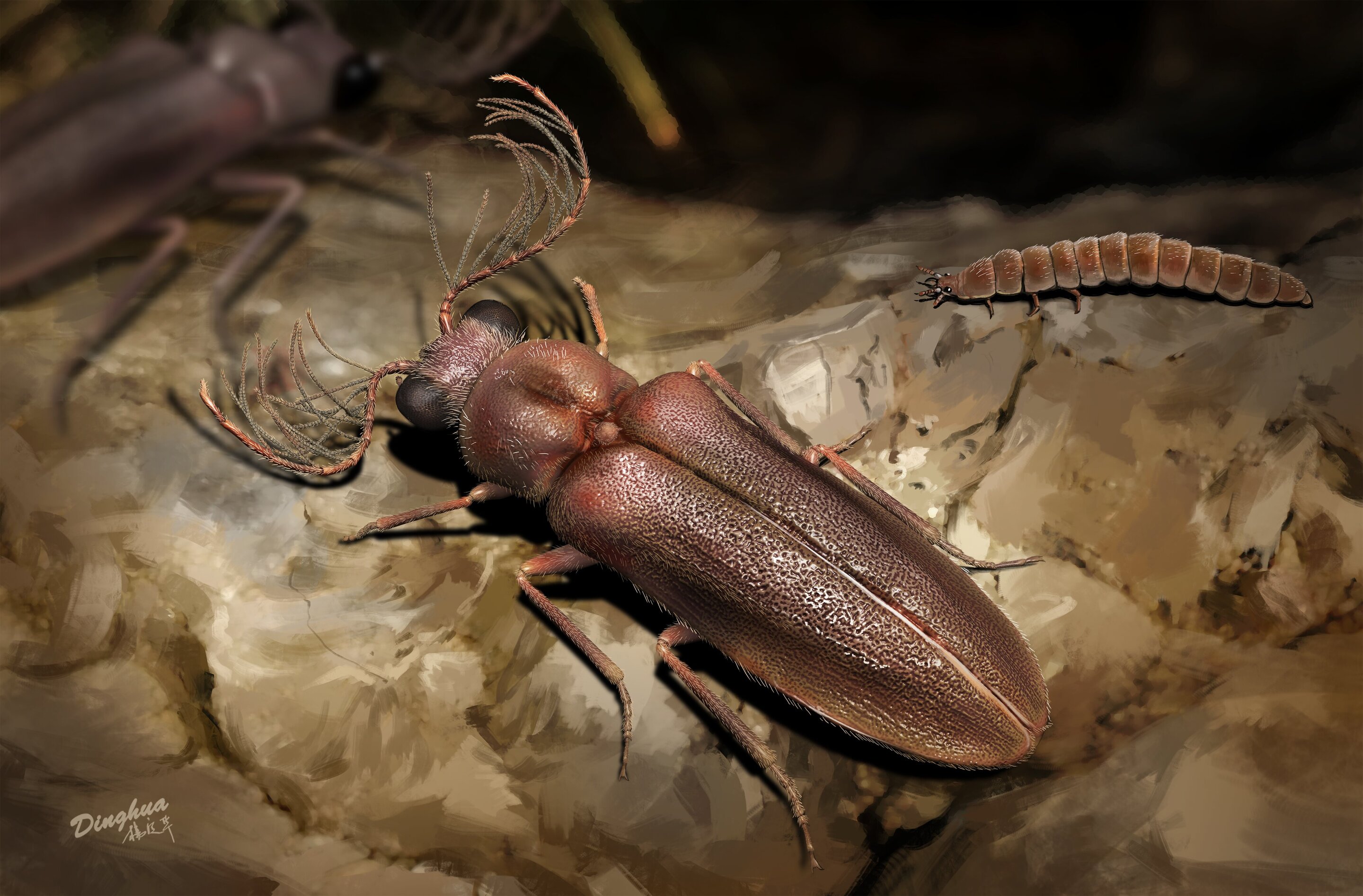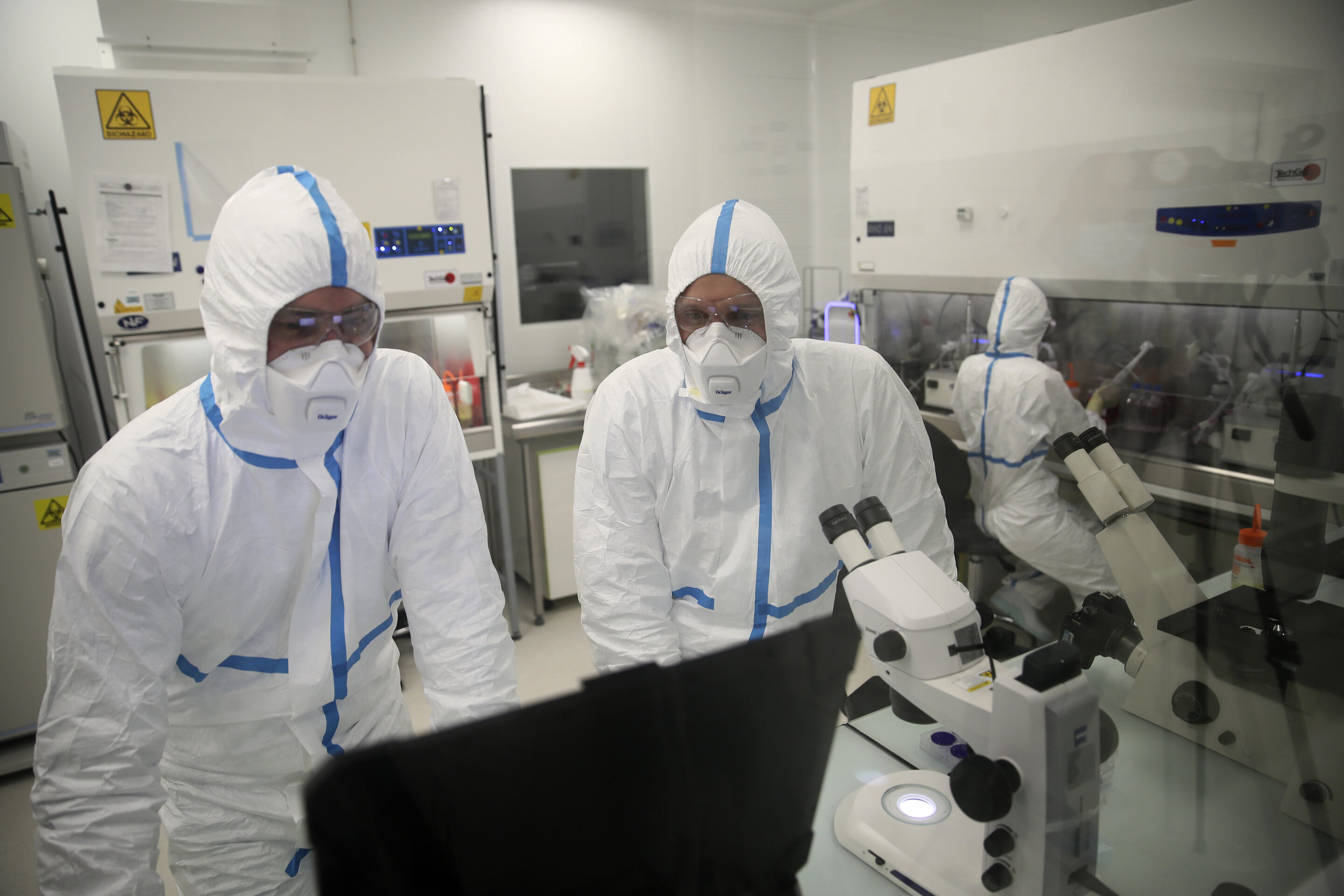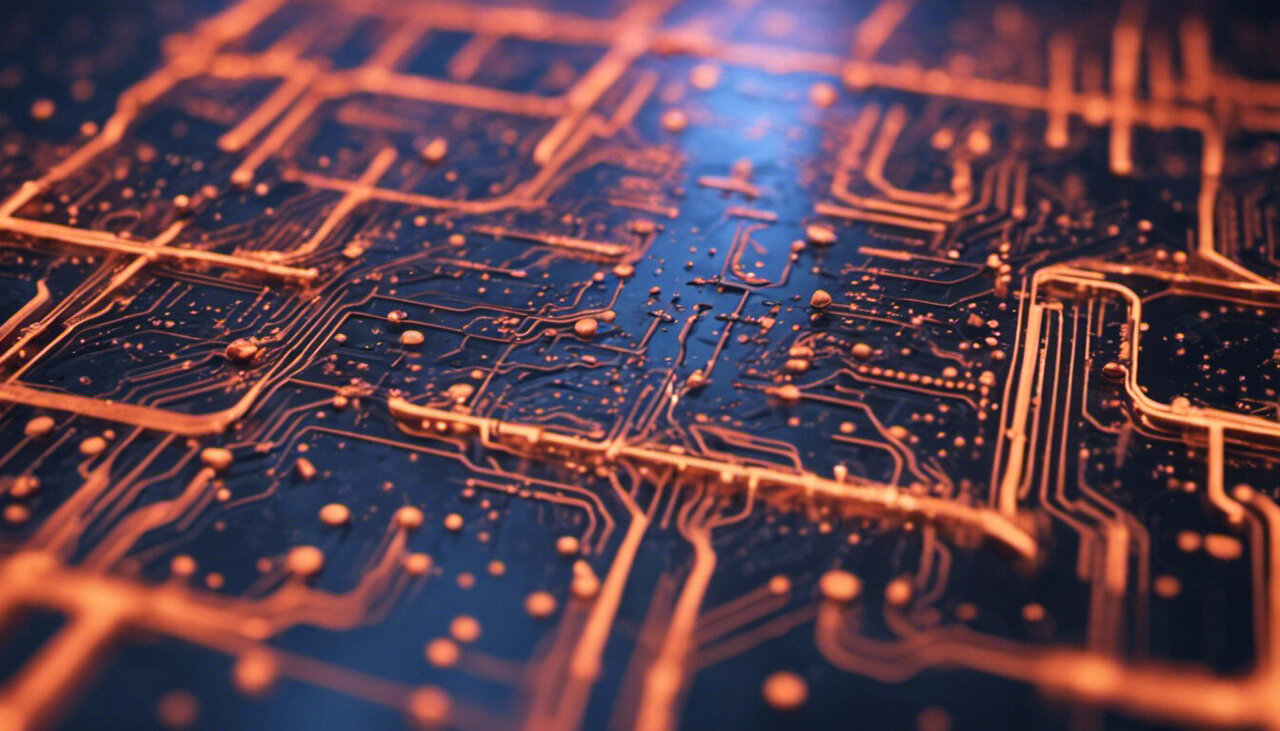#Researchers develop power converter for long-distance, underwater electric grids

“#Researchers develop power converter for long-distance, underwater electric grids”

A team of researchers from Utah State University’s Power Electronics Lab have developed a DC current-to-DC voltage power converter. This converter is equipped for long distances and minimal maintenance, making it particularly useful in underwater power distribution networks.
Tarak Saha, a recent graduate of USU’s electrical engineering Ph.D. program, designed the converter. Three other researchers, including recent Ph.D. graduate Anindya Bagchi and electrical and computer engineering faculty Hongjie Wang and Regan Zane, added other operational aspects to Saha’s design and helped him build and test it. Their work was recognized with a patent in early March.
Scientists have been interested in building power networks on the ocean floor for years and for a number of reasons: ocean exploration, marine resource development, earthquake and tsunami monitoring etc. But because these networks often include a main power supply tens or hundreds of miles away on land from the sensors on the seabed, the technology needs to be equipped for long distances. DC current source is the most efficient option for long-distance transmission, but there aren’t many converters that are designed to operate using DC current source as their input.
“Traditionally, power converters are designed for voltage sources, and there are well-established power converters to deal with these types of inputs,” said Saha. “However, there are only a few converters available or suitable for use with a DC current source as input.”
Just as important as the converter’s input is its output. Currently, most of these seabed sensors are designed to operate from a DC voltage source and cannot be directly powered by a current source.
“This work provides a power converter architecture that naturally converts a DC current source to a DC voltage source drive, and it maintains its voltage source output characteristics over a wide range of power levels,” said Saha. “This makes the converter suitable to be used across different types of sensors on the seabed, whose voltage and power requirements could vary over a range.”
digitalcommons.usu.edu/etd/7955/
Citation:
Researchers develop power converter for long-distance, underwater electric grids (2021, April 16)
retrieved 16 April 2021
from https://techxplore.com/news/2021-04-power-long-distance-underwater-electric-grids.html
This document is subject to copyright. Apart from any fair dealing for the purpose of private study or research, no
part may be reproduced without the written permission. The content is provided for information purposes only.
If you liked the article, do not forget to share it with your friends. Follow us on Google News too, click on the star and choose us from your favorites.
For forums sites go to Forum.BuradaBiliyorum.Com
If you want to read more Like this articles, you can visit our Science category.



